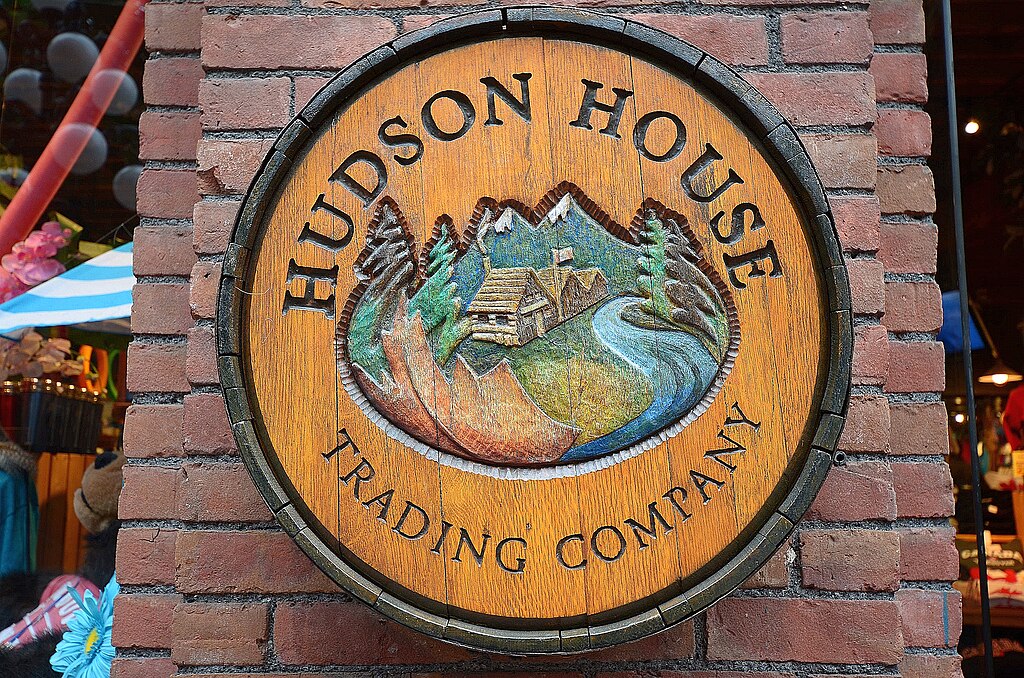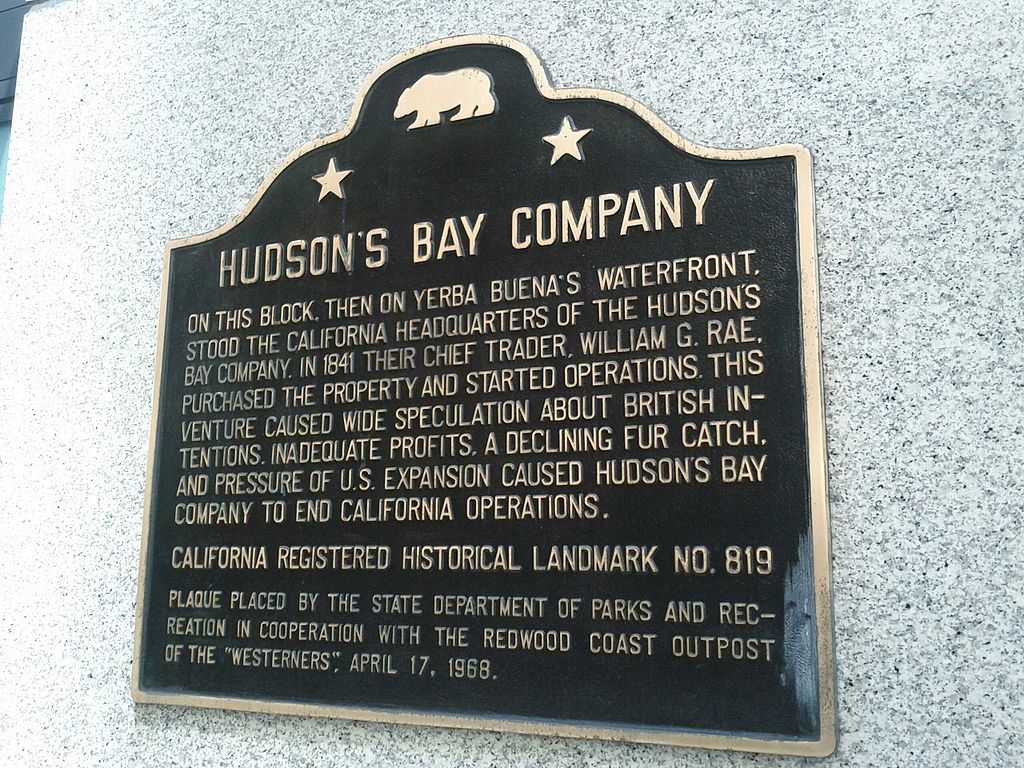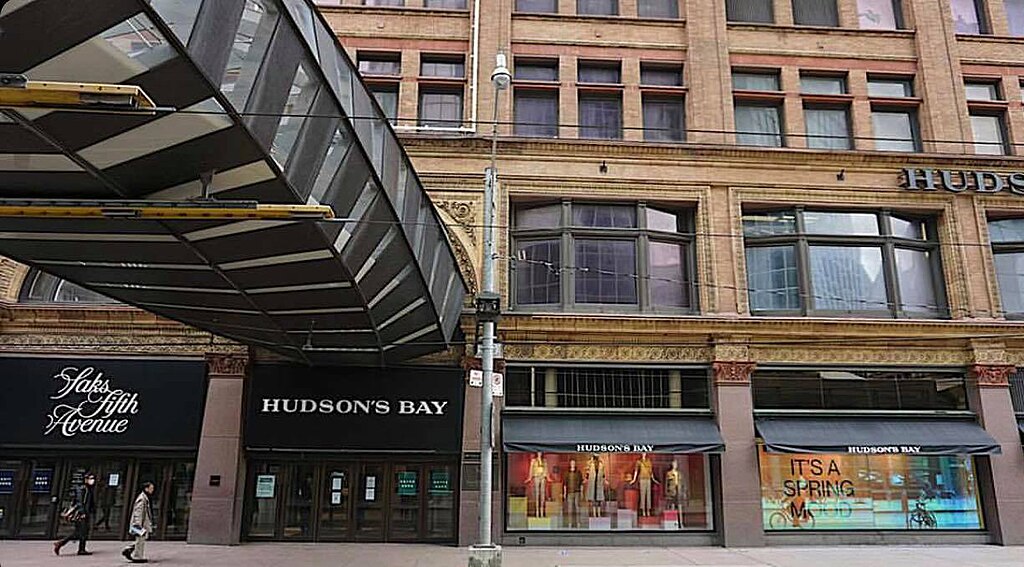From fur trading to fashion retail, the company spanned centuries of economic transformation, only to be undone by modern e-commerce.
Others are reading now
From fur trading to fashion retail, the company spanned centuries of economic transformation, only to be undone by modern e-commerce.

Hudson’s Bay Company, founded in 1670, has officially filed for bankruptcy.
Closing the final chapter on what was once North America’s oldest and most influential business.
From fur trading to fashion retail, the company spanned centuries of economic transformation, only to be undone by modern e-commerce.
A 17th-Century Powerhouse Bows Out

Founded during the reign of King Charles II, Hudson’s Bay Company (HBC) is one of the few enterprises in the world that can trace its origins back to the 1600s.
Also read
Once an imperial trading juggernaut, it governed vast swaths of what is now Canada.
Today, the company owns just six remaining stores, and time has run out. A judge has approved a liquidation sale, and no viable financial rescue is expected.
French Beginnings, British Backing

The company’s origins lie in an expedition by two French explorers, Pierre-Esprit Radisson and Médard des Groseilliers, who discovered the fur-rich regions of Hudson Bay around 1650.
After being denied support by the French crown, they turned to England, where Prince Rupert, cousin of King Charles II, helped launch the company with royal backing and naval support.
From Fur Monopoly to Colonial Rule

What followed was extraordinary: Hudson’s Bay Company operated not just as a merchant but as a governing force, controlling vast territories and holding a monopoly on the fur trade for centuries.
It even built forts and administered law in remote regions, functioning as a de facto colonial authority on behalf of the British Crown.
The Monopoly Breaks and the Pivot to Retail

HBC’s dominance began to unravel in the 19th century. New competitors emerged, including the North West Company, and a landmark 1849 court decision effectively ended HBC’s trade monopoly.
By 1870, the British government reabsorbed the company’s lands to help consolidate what would become Canada, paying HBC £300,000 in return.
The company then pivoted to retail, opening department stores, malls, and supermarkets across the continent.
An Icon of Canadian Retail

For decades, Hudson’s Bay became a familiar name across Canada’s cities.
With its recognizable branding and deep roots in Canadian history, it transitioned into a mid-century retail powerhouse.
From fashion to housewares, the company shaped the suburban shopping experience for generations.
E-Commerce and the COVID Collapse

But in the 2010s, e-commerce changed everything. As online shopping grew, foot traffic declined, and HBC struggled to keep up.
After being acquired by a U.S. investment firm, its stores in Europe and the United States were gradually closed.
The final blow came during the COVID-19 pandemic, after which only six stores remained. None were profitable.


